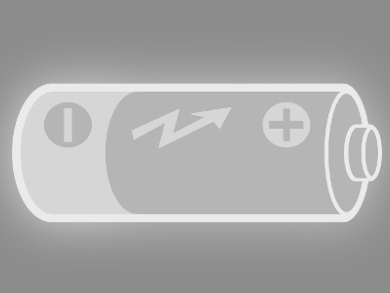The capacity of lithium-ion batteries degrades over time, and does so faster when they are charged and discharged quickly. This is caused by structural changes in the electrode materials.
Ulrike Boesenberg, Deutsches Elektronen-Synchrotron DESY, Hamburg, Germany, and colleagues have visualized these changes using fast micro-X-ray fluorescence spectroscopy. Using DESY’s PETRA III X-ray beamline, they mapped the distribution of transition metal atoms in the spinel LiNi0.5Mn1.5O4, a promising electrode material. The researchers achieved resolutions of roughly 0.5 mm.
Subjecting the electrodes to charge/discharge cycles at different rates, the team could show that fast charging causes nickel and mangenese atoms to be displaced from the spinel’s crystal structure. Precisely localizing the resulting inhomogeneities could be a first step to understanding the process and improving the life-cycle of lithium batteries.
- Correlation between Chemical and Morphological Heterogeneities in LiNi0.5Mn1.5O4 Spinel Composite Electrodes for Lithium-Ion Batteries Determined by Micro-X-ray Fluorescence Analysis,
Ulrike Boesenberg, Mareike Falk, Christopher G. Ryan, Robin Kirkham, Magnus Menzel, Jürgen Janek, Michael Fröba, Gerald Falkenberg, Ursula E. A. Fittschen,
Chem. Mater. 2015, 27, 2525–2531.
DOI: 10.1021/acs.chemmater.5b00119


